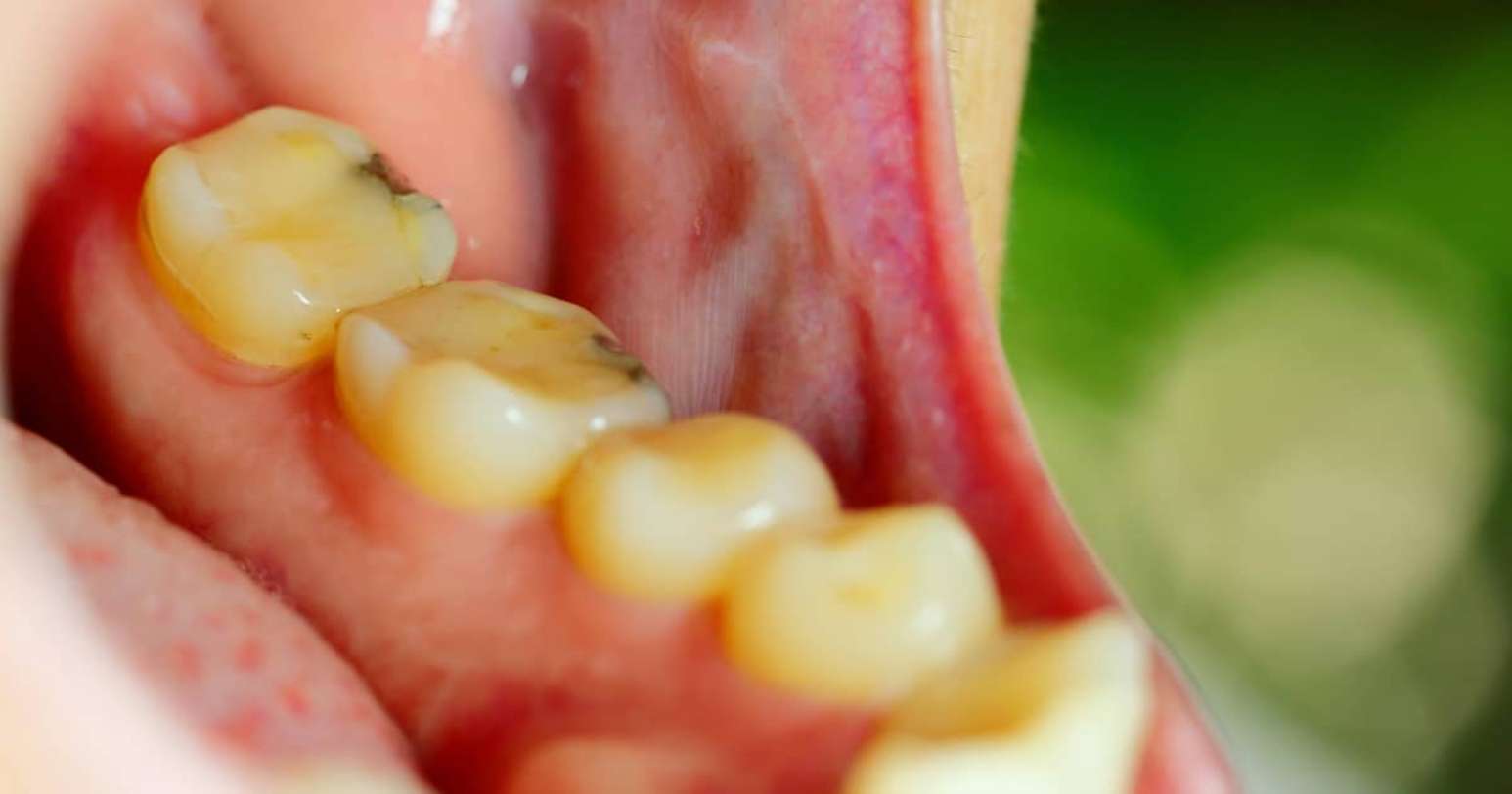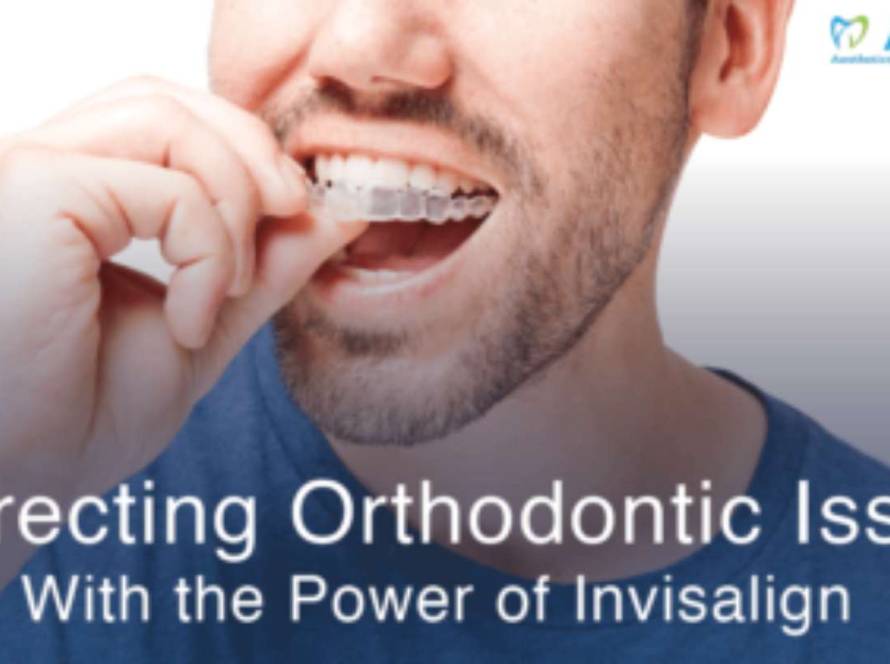Amalgam is a mercury-added product containing 50% mercury and is a key restorative material in the fight against dental caries and tooth decay.
It has been used in dentistry for about 150 years and continues to be a part of mainstream dentistry in many parts of the world because it’s affordable, easy to use, strong, durable and has some powerful bacteriostatic qualities.
However, in recent years, there have been concerns that mercury from amalgam restorations may leach into the mouth causing mercury toxicity. It can be dangerous and potentially deadly even in small amounts; amalgam fillings can expose a patient to considerable amounts of mercury vapours leading to serious health issues.
This is why the American Society of Dental Surgeons (ASDS) in New York acknowledged the using amalgam is in fact malpractice because it can cause mercury poisoning in patients. Ever since, dentists all over the world are asked to abstain from using it.
In fact, as a matter of urgency, the World Health Organization also highlighted the importance of strengthening operational research concerning the development and use of new dental restorative materials for the oral-health research community.
There have been numerous studies over the last 20 years designed to measure the risk of mercury practices for both dentists and patients. In all of these studies, the emphasis has been on promoting the use of affordable and clinically effective alternatives to mercury fillings for dental restoration.
Why Use Mercury-Free Alternatives?
With the progress made in modern techniques of dentistry, different filling materials have been made and tested in recent years that could replace mercury in dental practices.
When a patient needs a tooth restoration due to a cavity or fracture, it is the dentist’s job to consider the different materials to restore the patient’s tooth.
The two materials that are often used in place of mercury fillings are white composite fillings and ceramic fillings. Even though both these type of fillings work more or less in the same manner, they are essentially different. They can also be used with prefabricated resin for added strength.
The advantages of using ceramic and composite fillings are as follows:
Aesthetics
Amalgam fillings are made up of different metals that give a metallic silver look. However, both ceramic and composite fillings, on the other hand, are made up of quartz and acrylic fillers that match the colour of your teeth. This mixture mirrors natural white colour, giving an authentic look to the teeth.
Less Invasive
Practices with amalgam fillings not only require the decayed sections of the tooth to be removed, but also the removal of a substantial chunk of the natural tooth. For this reason, the process is more invasive. However, in both ceramic and composite fillings, once the composite resin or the ceramic filling is ready, it is applied to the tooth, giving it a chance to bond with the natural tooth, making the tooth stronger.
Ceramics are usually used for inlays, onlays and cusp coverage restorations such as crowns; whereas composite fillings are used only on a less functional part of the tooth.
Quick To Harden
After filling in the tooth with composite material, the bonding agent between the patient’s teeth is hardened with a bright blue, laser-like light. Typically, the filling cures and hardens within a few seconds. The same is the case with ceramic fillings. However, they are brittle and need to occupy a larger space to harden quickly.
Great For Tooth Sensitivity
Composite fillings are better for maintaining tooth sensitivity since they bond with the tooth structure, insulating the teeth from excessive temperature changes. For example, an ice-cream or a cup of tea might cause discomfort and make the patient unable to eat or drink without the insulation provided by composite fillings.
However, as compared to composite fillings, the structure of ceramic fillings is carefully designed in the laboratory. Due to this, it is less brittle and has better wear resistance as compared to composite fillings. To strengthen the ceramic on-lay, it can also be bonded to a hybrid-type crown for extra support.
On the other hand, due to their structure, amalgam fillings may experience a wider degree of expansion in the presence of hot or cold liquids leading to a higher probability of cracks in the fillings.
Easy Alternative To Mercury-Fillings
If the patient’s fillings are in good condition and there is no decay beneath them, the FDA does not recommend the removal of amalgam fillings.
However, if the patient is allergic or sensitive to mercury or any other metal component in the amalgam (tin or silver), discuss treatment options with them right away.
Extreme care should be taken in removing amalgam fillings. Here are some important pointers:
- Using rubber dams is advised since it reduces the patient’s risk of being exposed to mercury.
- As noted by the Dental Products Panel, inappropriate use of dental amalgam exposes dental professionals to mercury toxicity. Therefore, outfit your dental chairs with a specialized chamber to collect the mercury waste and prevent exposure to mercury vapours. Using a high volume suction system and using copious amounts of water also reduces the chances of the release of mercury vapours.
- Remember, it is important to wash the tooth with a bicarbonate paste, which aids in removing microscopic layers of the tooth surface, ensuring that all traces of amalgam are removed.
Even though ceramic and composite fillings are the two most common alternatives used, they are not the only ones. Other fillings include gold fillings and glass-ionomer cement fillings.
Of the two, gold fillings are the most durable of all. As compared to amalgam fillings, they do not oxidise easily and can be considered aesthetic for the anterior teeth.
On the other hand, glass-ionomer cement fillings are made of a self-hardening mixture of glass and organic acid, usually used for very small fillings or to fill baby teeth.
In Conclusion
When it comes to dental fillings, follow WHO and FDA guidelines while also promoting the use of non-mercury fillers for your patient’s wellbeing and health.
Due to adverse tissue reactions and other health risks posed by mercury exposure, the FDA has also proposed a set of controls to prevent the improper use of amalgam devices.
Here at ADDA, we advocate mercury-free restorations and offer several professional resources to help you enhance the effectiveness of your practice. These include hands-on training sessions by our dental practitioners. They can teach you how to recreate attractive smiles for your patients while keeping your procedures entirely mercury-free.
With the progress made in modern techniques of dentistry, different filling materials have been made and tested in recent years that could replace mercury in dental practices.
When a patient needs a tooth restoration due to a cavity or fracture, it is the dentist’s job to consider the different materials to restore the patient’s tooth.
The two materials that are often used in place of mercury fillings are white composite fillings and ceramic fillings. They can also be replaced with prefabricated resin for added strength.
The advantages of using composite fillings are as follows:
Aesthetics
Composite fillings, on the other hand, are made up of a mixture of quartz and acrylic fillers. This mixture mirrors a natural white colour, giving an authentic look to the teeth.
Less Invasive
Practices with amalgam fillings not only requires the decayed sections of the tooth to be removed, but also the removal of a substantial chunk of the natural tooth. For this reason, the process is more invasive. However, in composite fillings, once the composite resin is ready, it is applied to the tooth, giving it a chance to bond with the natural tooth, making the tooth stronger.
Quick To Harden
After filling in the tooth with composite material, a light is put inside the patient‘s mouth to harden the bonding agent. Typically, the filling cures and hardens within a few seconds.
Great For Tooth Sensitivity
Composite fillings insulate the teeth from varying temperatures of food and drinks that might be consumed by the patient on a regular basis. Therefore there could be mild discomfort and tooth sensitivity that the patient may feel immediately following the procedure.
How Can You Replace Existing Mercury-Fillings For Your Patients?
If the patient’s fillings are in good condition and there is no decay beneath them, the FDA does not recommend the removal of amalgam fillings.
However, if the patient is allergic or sensitive to mercury or any other metal component in the amalgam (tin or silver), discuss treatment options with them right away.
Extreme care should be taken in removing amalgam fillings. Here are some important pointers:
- Using rubber dams is advised since it reduces the patient’s risk of being exposed to mercury.
- As noted by the Dental Products Panel, inappropriate use of dental amalgam exposes dental professionals to mercury toxicity. Therefore, outfit your dental chairs with a specialized chamber to collect the mercury waste and prevent exposure to mercury vapours. Using a high volume suction system and using copious amounts of water also reduces the chances of the release of mercury vapours.
- Remember, it is important to wash the tooth with a bicarbonate paste, which aids in removing microscopic layers of the tooth surface, ensuring that all traces of amalgam are removed.
In Conclusion
When it comes to dental fillings, follow the preventions passed by the WHO and the FDA, while also promoting the use of non-mercury fillers for your patient’s wellbeing and health.
Due to the health risk posed by mercury exposure leading to adverse tissue reaction, FDA has imposed a set of controls and guidelines to prevent the improper use of amalgam devices.
Here at ADDA, we advocate mercury-free restorations and offer several professional resources to help you enhance the effectiveness of your practice. These include hands-on training sessions by our industry-leading dental practitioners who can teach you how to recreate attractive smiles for your patients while keeping your procedures entirely mercury-free.



